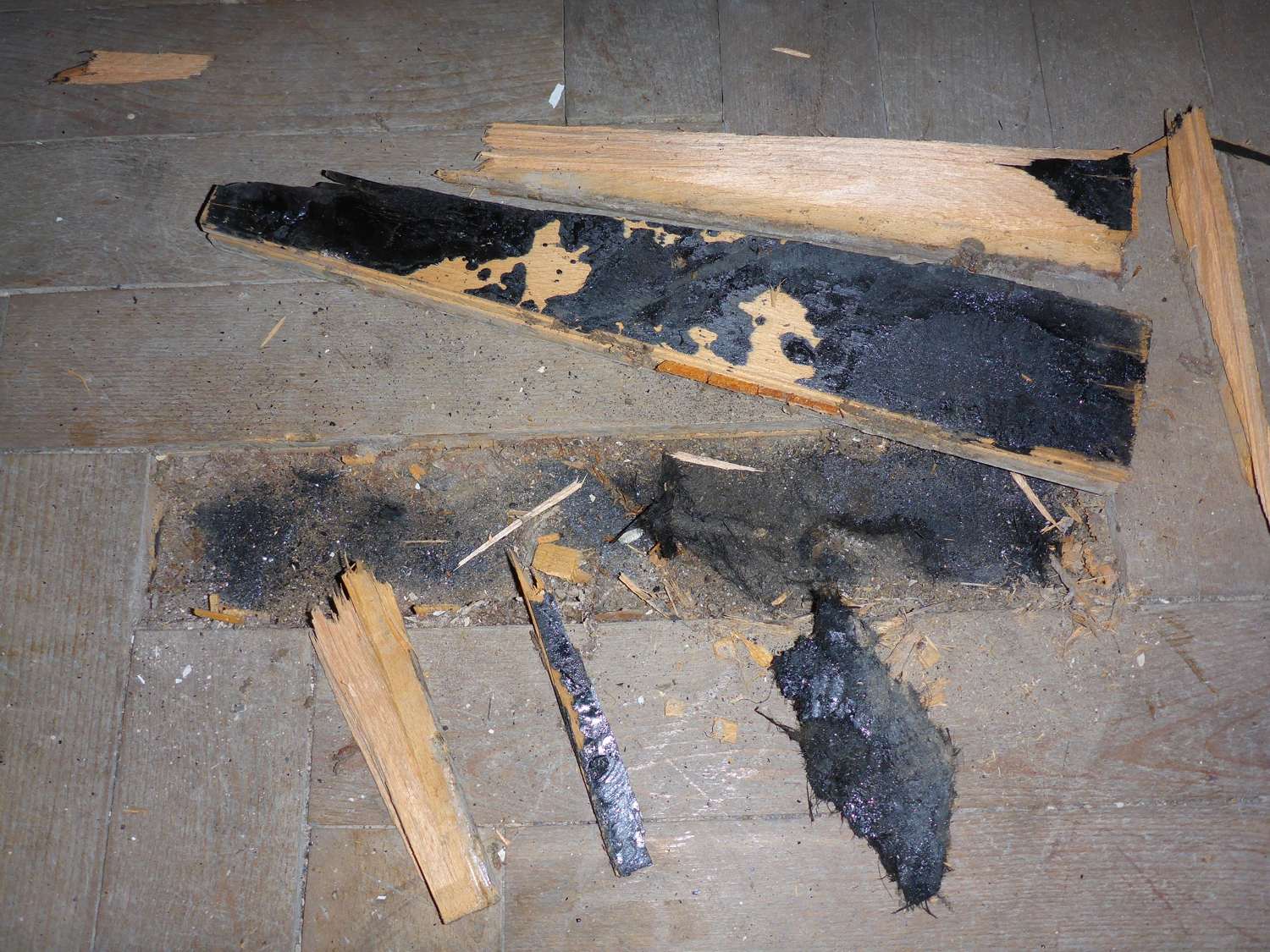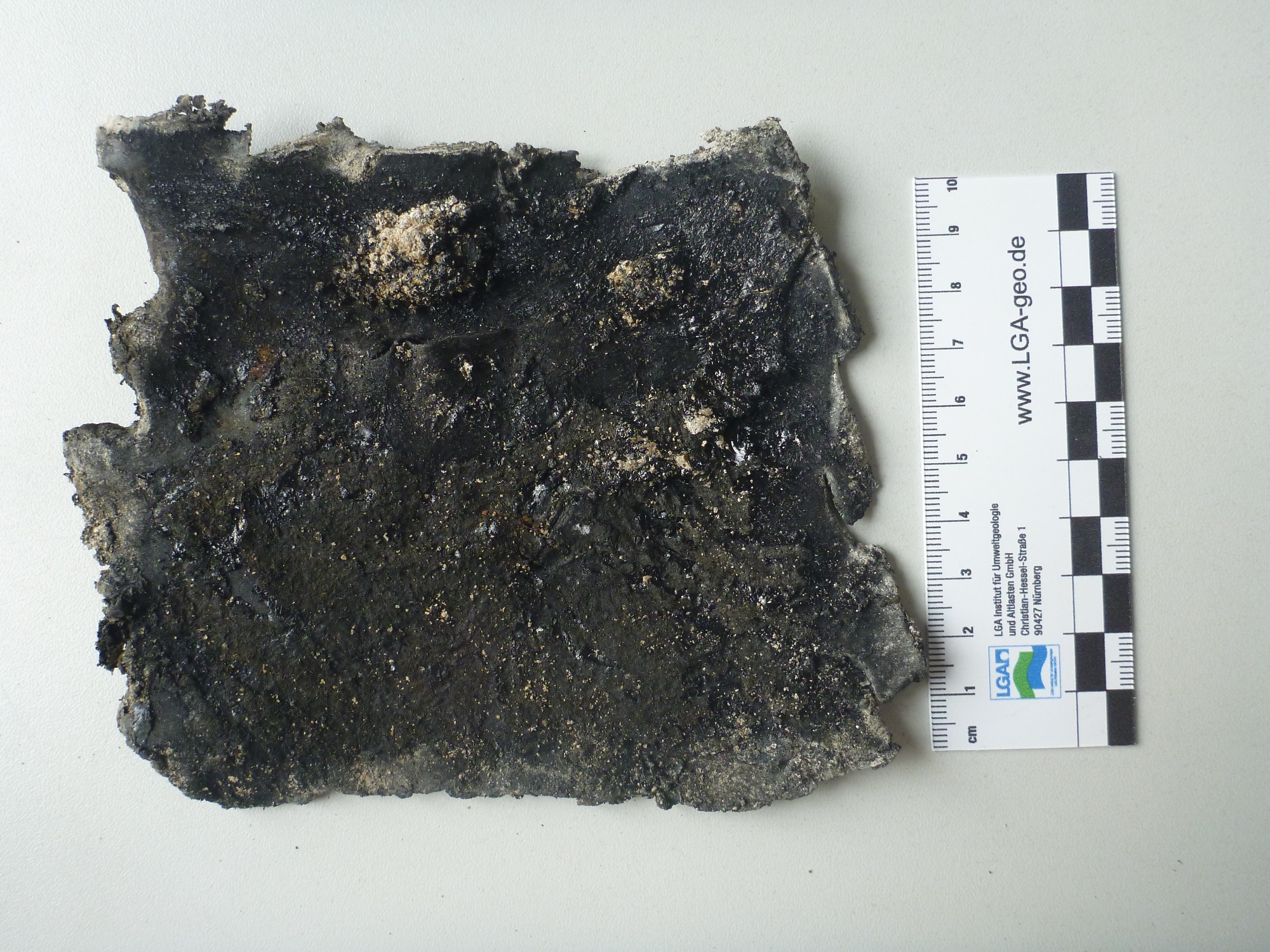PAH
PAHs (Polycyclic Aromatic Hydrocarbons) are mainly formed during incomplete combustion processes of organic materials and other pyrolytic processes. Only a minority of PAHs are industrially synthesized and serve as a basis for the chemical industry. PAHs consist of at least two condensed benzene rings. They are divided into low-molecular PAHs (2-3 rings) and higher molecular PAHs (4-6 rings). PAHs are predominantly neutral, non-polar solids and only very slightly soluble in water. With increasing number of condensed rings, volatility and solubility (also in organic solvents) decrease.
Of the several hundred known PAH compounds, 16 individual substances are of particular importance. These have been selected by the US-EPA (United States Environmental Protection Agency) as lead substances for environmental analytical investigations and are analysed, for example, in the field of contaminated site investigation and drinking water testing. Some PAHs (e.g. benzo[a]pyrene) are classified as mutagenic or carcinogenic compounds.
PAHs can be found, inter alia, in older asphalt pavements, parquet adhesives, tar and roofing felt, welded sheets, black paints and joint sealants, often in combination with chrysotile (white asbestos).
LGA Institut für Umweltgeologie und Altlasten GmbH
Christian-Hessel-Str. 1
D-90427 Nürnberg
Phone: +49 911 12076 100
Telefax: +49 911 12076 110
info@LGA-geo.de
bewerbung@LGA-geo.de
News

Experts for safety structures against alpine natural hazards
Experts for safety structures against alpine natural...

Membership in the RAL Quality Association
Membership in the RAL Quality Association...

Impulse Online Edition
LGA Impulse - Online Edition With the current summer...
Asbestos – Article in the NN from 02.07.2024
Asbestos - Article in the NN from 02.07.2024 Our expert...

Successful recertification according to ISO 9001
Successful recertification according to ISO 9001 Posted on...
Older articles



